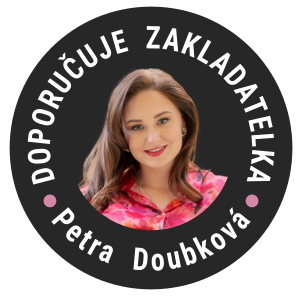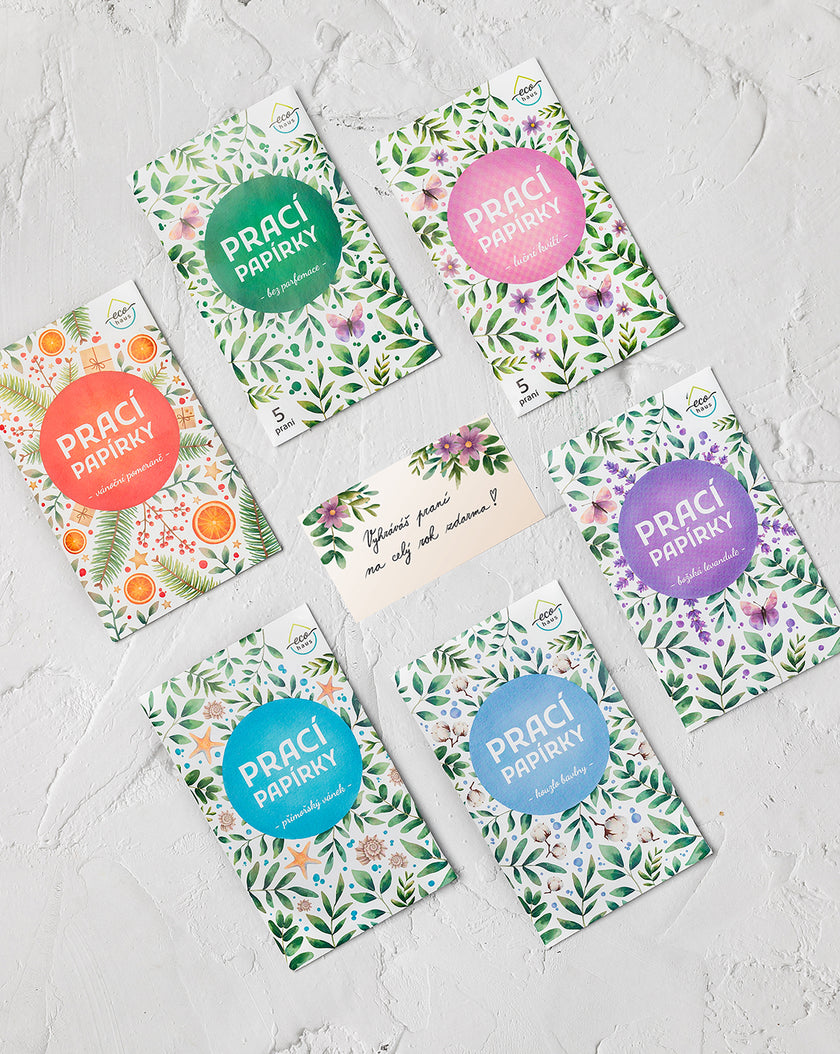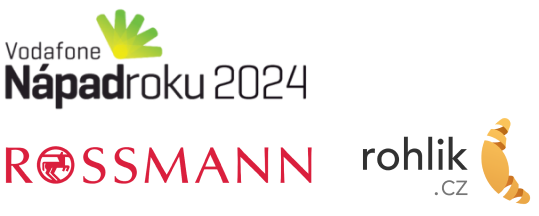TAED (tetraacetylethylendiamin) is a white powder found in laundry detergents as an activator of bleach . This means that it is not a bleach by itself, but effectively activates hydrogen peroxide and creates an effective bleaching agent that has strong oxidizing and disinfecting properties (kills bacteria, viruses, and fungi).
It can enhance oxygen-based bleaches, which is why it is used together with sodium percarbonate. It participates in a chemical reaction with hydrogen peroxide, which is released from sodium percarbonate during washing. Thanks to TAED, you can achieve bleaching effects already at 30–40 °C , while sodium percarbonate itself requires temperatures of 50 °C and above.
TAEDandsodium percarbonate have been used in household cleaning and laundry products since the 1970s. A typical example is laundry detergents that contain oxygen bleach ( percarbonate) and an activator (TAED ) for effective whitening of laundry and stain removal.
Dishwasher powders and tablets also often contain a combination of percarbonate and TAED. This allows them to tackle stains from tea, coffee, or wine while also disinfecting the dishes.
TAED is easily biodegradableand during wastewater treatment, it almost completely breaks down. In nature (for example, in surface waters), it has a relatively short half-life (on the order of days) and exhibits low toxicity to aquatic organisms. Prací papírek - alternativa běžného prostředku. Hned se rozpustí v gel, který tvé prádlo dokonale vypere. Skvělý pomocník v domácnosti i na cestách.html
Tips for safe use
From a human health perspective, TAED is considered non-toxic and non-irritating. However, it is good to use protective gloves and goggles when working with the mixture containing percarbonate.
Sodium percarbonate should not be used on sensitive materials (wool, silk, and leather) and should not be mixed with chlorine bleaches, as this could lead to undesirable chemical reactions. We discussed the uses and risks of percarbonate in the previous article .
TIP Bleaching and washing laundry
If you wash at lower temperatures (30–40 °C) , TAED activates sodium percarbonate and supports bleaching and disinfection. Add 2 tablespoons of sodium percarbonate and half a teaspoon of TAED to the detergent compartment. Place EcoHaus laundry paper in the drum of the washing machine and select the washing program.
When using a program with higher temperatures (60 °C and above), percarbonate activates even without TAED, but its presence still improves washing efficiency. htmlTIP Removing stubborn stains
To remove stains (wine, blood, grass), make a paste from 1 tablespoon of sodium percarbonate, half a teaspoon of TAED, and a little water.Apply the mixture to the stain, let it sit for 30 minutes, and then wash in the machine with laundry paper .
TIP Cleaning kitchen and bathroom surfaces
TAED with sodium percarbonate can be used to clean work surfaces, tiles, and grout between tiles. Just prepare a solution:
2 tablespoons of sodium percarbonate
1 teaspoon of TAED
1 liter of warm water
Let the solution sit for 10–15 minutes and then rinse with clean water.
Safe duo: TAED and sodium percarbonate
If you are looking for an effective and eco-friendly way to whiten laundry and clean your home, the combination of TAED and sodium percarbonate is a great choice.Both break down into easily biodegradable substances, making them significantly better for the environment compared to the previously widespread chlorine bleaches. The use of TAED in laundry and cleaning products poses no risk to human health and the environment.
TAED contributes to the whitening and hygienic cleaning of laundry and surfaces. Thanks to TAED, effective whitening and stain removal can be achieved at lower temperatures, which saves energy needed for heating water and is gentler on the washed textiles.
html











